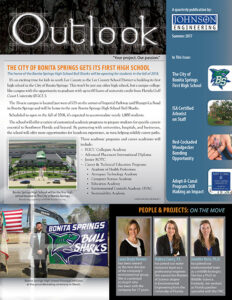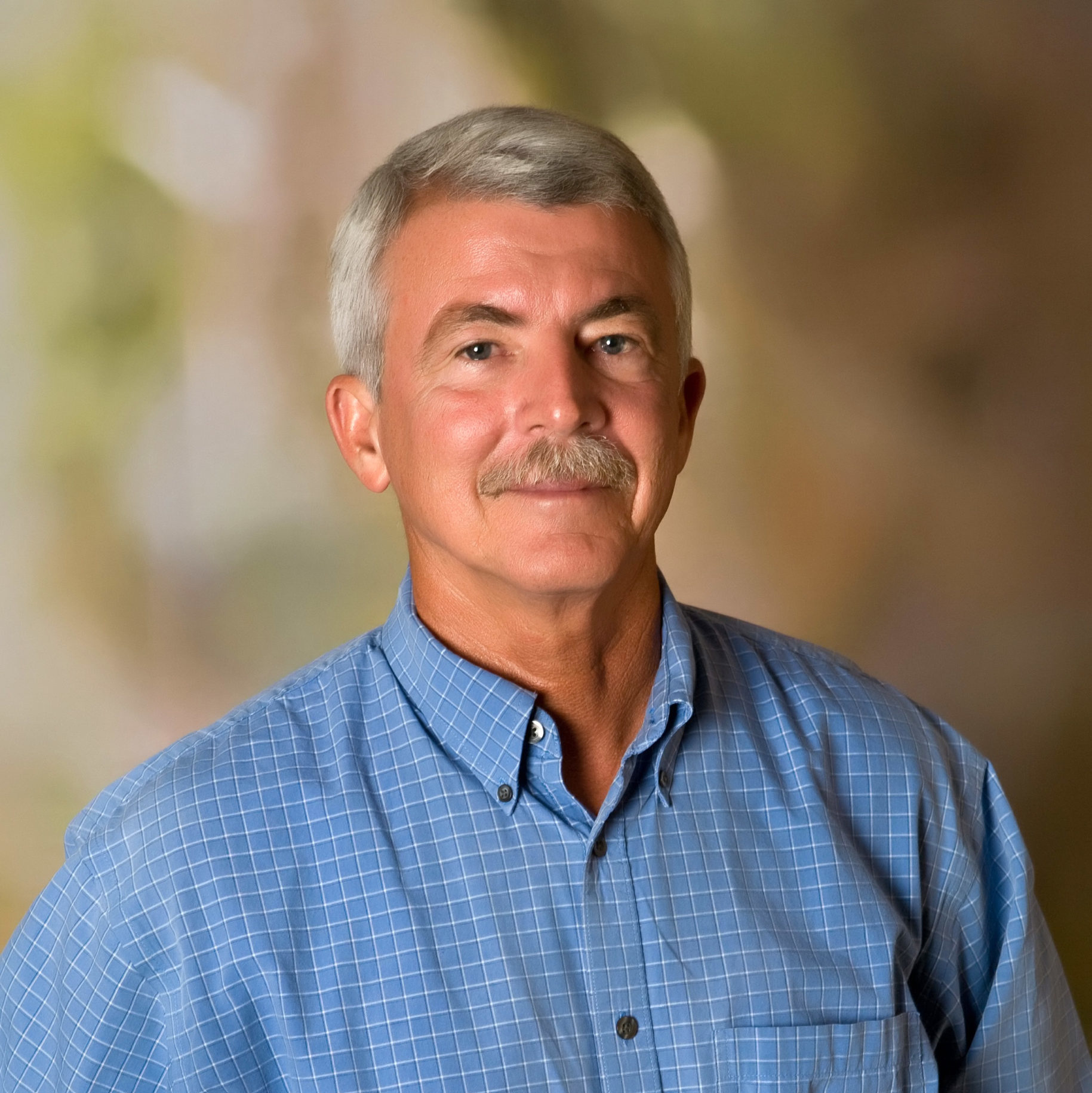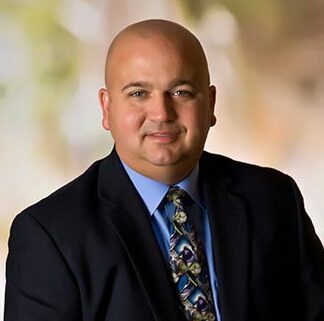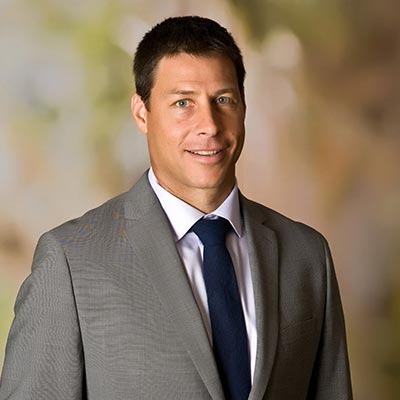 While Johnson Engineering ecologists were conducting acoustic surveys for the federally endangered Florida bonneted bat (FBB) at the 1,972-acre Platt Branch Wildlife Mitigation Bank in Highlands County, they were afforded a unique opportunity to work with another federally endangered species, the red-cockaded woodpecker (RCW).
While Johnson Engineering ecologists were conducting acoustic surveys for the federally endangered Florida bonneted bat (FBB) at the 1,972-acre Platt Branch Wildlife Mitigation Bank in Highlands County, they were afforded a unique opportunity to work with another federally endangered species, the red-cockaded woodpecker (RCW).
The FBB project coincidentally occurred during RCW nesting season (April – June), which uncovered a rare chance for Johnson Engineering senior ecologist, John Curtis, to assist FWC senior biologist and land manager, Steven Shattler, with capturing and banding a newborn RCW. RCWs are unique in their nesting, as they only nest in self-made cavities in live pine trees.
Steve used a peeper camera to view the 8-day old RCW inside the ±2-inch diameter opening and 5-inch deep cavity, while balancing atop the 20’ ladder to verify the chick was of proper size for banding. He then demonstrated considerable dexterity and patience, using a specialized tool to capture the RCW and remove it from the cavity. Banding each year’s newborns with unique colored leg bands helps to aid in the study of RCW local movements and behaviors from a distance, which aids the recovery efforts of onsite populations.
Although our ecologists routinely conduct RCW surveys on potential development sites, special permits are required to capture and band listed species, so this was an exciting and new experience for John. We would like to extend a special thanks to Steve for his willingness to let John assist, for making the banding process look easy, and most importantly for his expertise and efforts managing the property for the benefit of the numerous wildlife species onsite.
For more information on conducting RCW or FBB surveys, contact John Curtis at [email protected].
































































